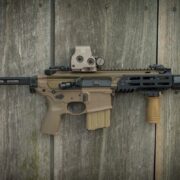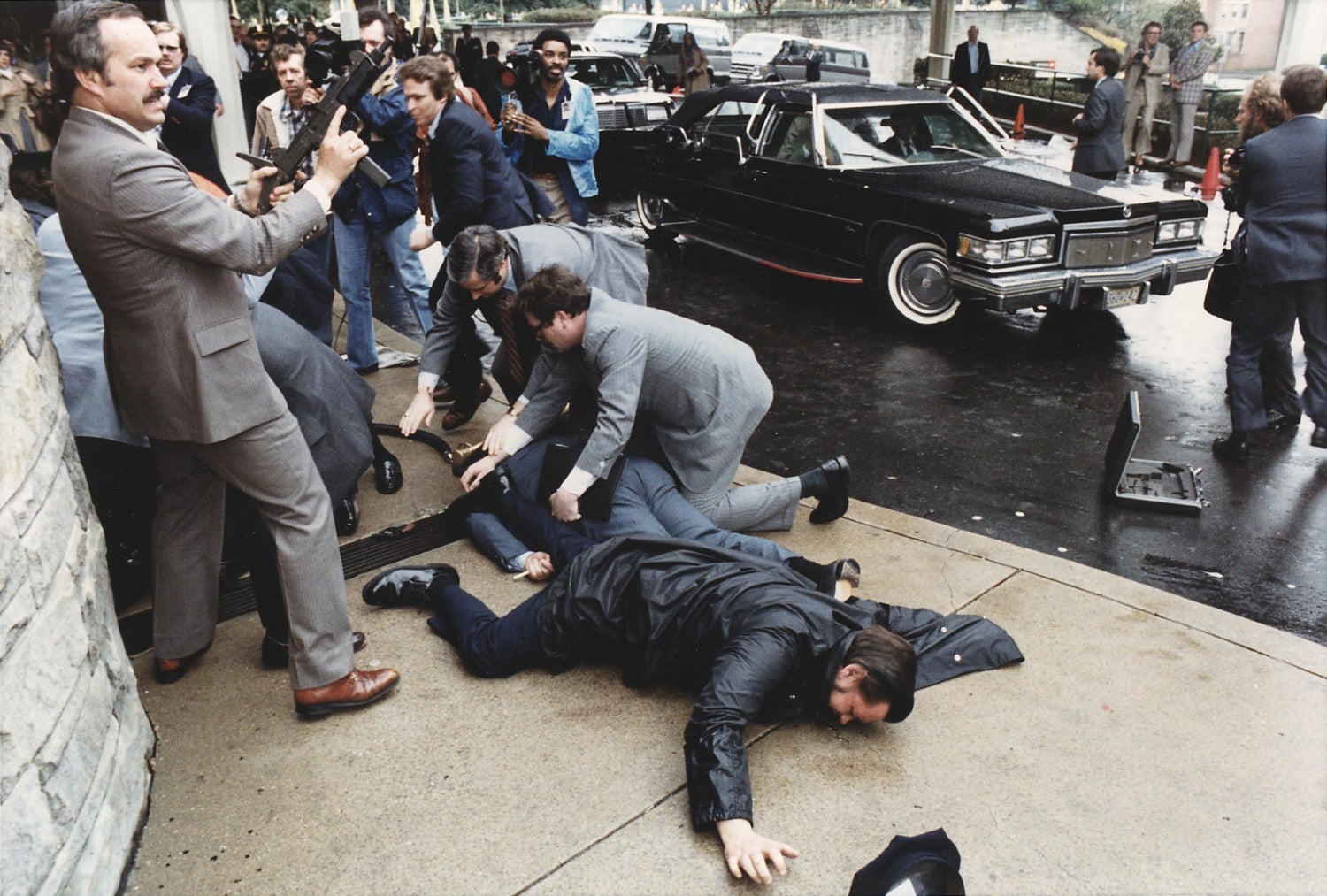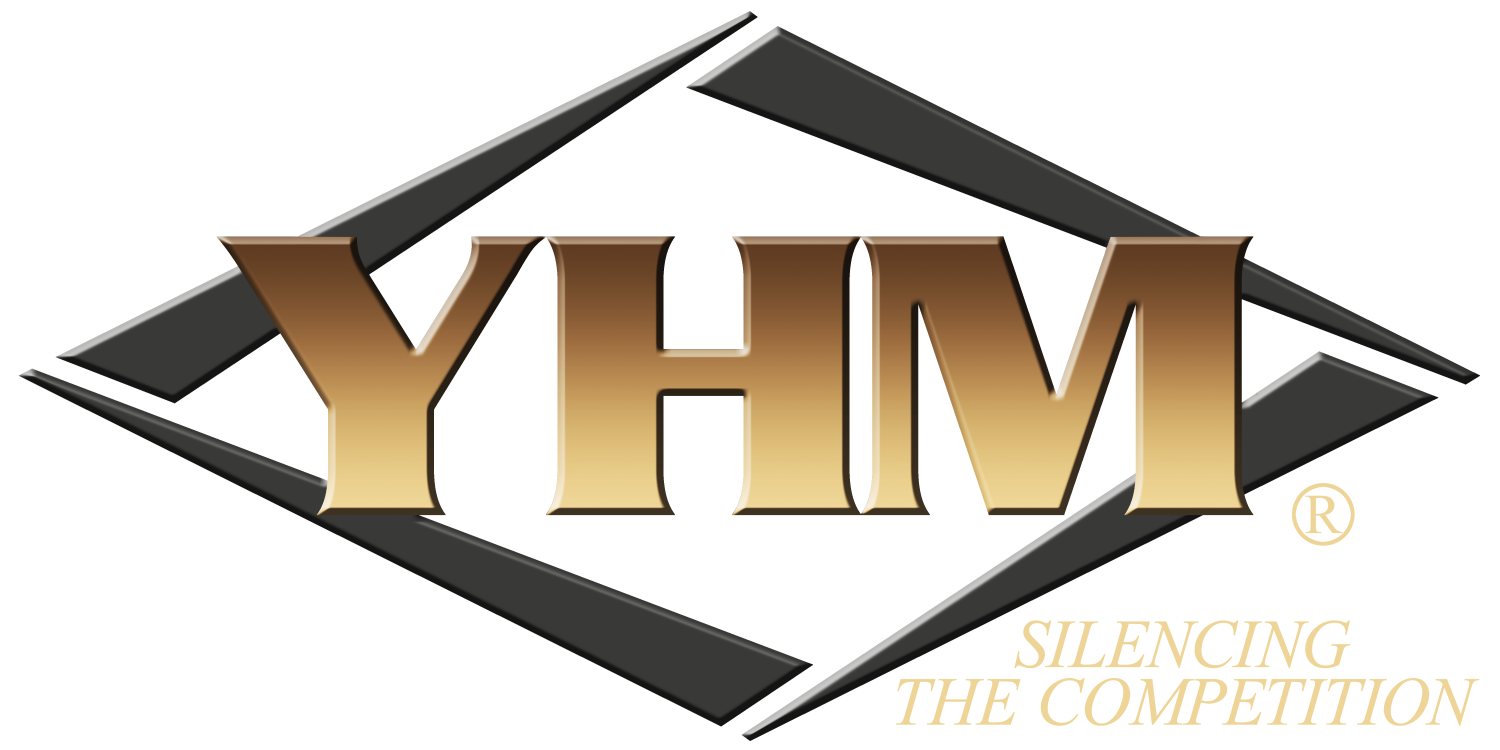Good afternoon everyone and welcome back to TFB’s Silencer Saturday brought to you by Yankee Hill Machine, manufacturers of the new YHM Turbo T3 5.56 rifle suppressor. Last week we took the new 16″ 5.56mm SIG MCX-SPEAR LT rifle and SLX556C-QD out on the range for some accuracy and sound evaluation testing. Today we will discuss the characteristics that make the best Personal Defense Weapon (PDW) and the reasons that I believe a PDW should be suppressed. Let’s take a look.
Above: The 6.75″ SIG MCX Virtus with the 6″ Midwest Industries handguard which is currently the only option to run this MCX barrel length in near Rattler form. This MCX is also running the SIG SLX762C-QD suppressor and an EoTech EXPS3-T
- Midwest Industries MCX Virtus 6″ Handguard
- SIG Sauer SLX762C-QD
- EoTech EXPS3-TAN (I bought mine through GrabAGun using the ‘get quote’ option)
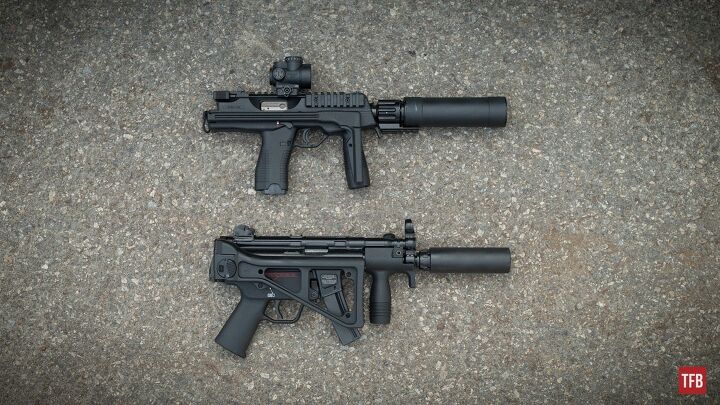

SILENCER SATURDAY #271: Selecting The Best Personal Defense Weapon (PDW)
Above: The B&T TP9 and TP9 suppressor and the H&K SP5K PDW
More PDW @ TFB:
As a designation, the PDW is more informal than in anything else. It is fairly obvious that a handgun is really a personal weapon made for defending yourself. Sub machine guns are pistol-caliber weapons with a stock and select fire capabilities. And short barreled rifles with pistol-length gas or piston systems are compact rifles with the capability to launch projectiles that are heavier or travel faster (or both), than their pistol caliber counterparts. But that still doesn’t answer the question of which weapons are PDWs and what roles they fill.
In my experience, PDWs are used to combat close surprise attacks from individuals or small groups. The goal is to have one member of a small team conceal a small firearm that is capable of higher rates of fire or a more efficient caliber over that of a typical defensive handgun. And it is also used with quick bursts of overwhelming firepower that gives the individual or team the time and distance to make an escape. Ultimately, a PDW will help to break away from an attacking force to move to the protection of additional forces or to a hardened area to communicate for reinforcements.
In the above historic photo, Secret Service Agent Robert Wanko is seen deploying an Uzi following the attempted assassination of President Ronald Reagan on March 21, 1981. Protective details utilize sub machine guns and PDW’s that are deployed from bags, cases, vehicles, and are sometimes carried concealed with slings under a jacket or coat. The Uzi is a bit large to be classified as a PDW, but were also replaced by the MP5 and MP5K, the latter of which definitely fits into the PDW role.
In short, a PDW is a little larger than a pistol, smaller than a carbine, and ideally has select fire capability. But, typically adding a suppressor to a PDW has been typically optional in operational roles. This is probably to save on both weight and length for a platform that is supposed to be as compact as possible.
However, I disagree – the modern PDW should be suppressed with a compact but efficient suppressor to help the operator maintain their senses.
In a rapid change from normal life situations to the need to deploy a PDW, the use of hearing protection will not be a common occurrence. And while shooting an unsuppressed MP5K will be loud, shooting an unsuppressed short barreled 300BLK PDW will be devastating. Both will be worse in a confined space situation where the concussive forces are magnified.
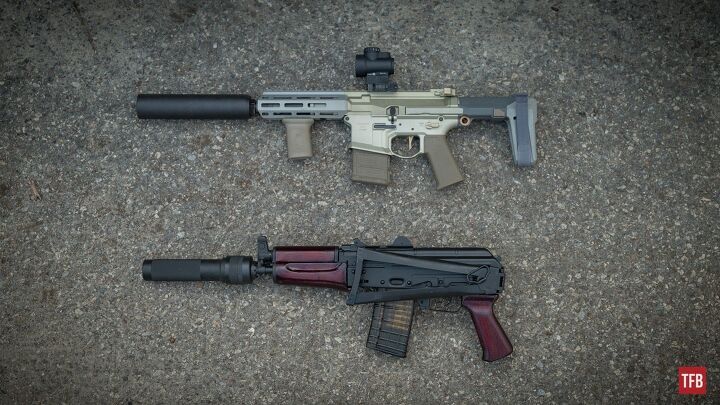

SILENCER SATURDAY #271: Selecting The Best Personal Defense Weapon (PDW)
Above: The Q Honey Badger and Thunder Chicken suppressor and an Arsenal Krinkov AK with the Dead Air PBS Wolverine.
Besides the potential for permanent hearing damage, a suppressed PDW will allow for better communication between team members and maintaining situational awareness. We all know that supersonic rounds through a silencer are still “loud”, but there will still be enough reduction to help with ambient noise detection like radio traffic, doors opening, or calls for assistance.
Let’s take a look at some of the more common PDWs in use today. Refunds will not be honored if your preferred PDW is not listed and any suggestion that a rimfire-chambered firearm could possibly be a PDW is cause for removal.
9mm PDW
Rifle Caliber PDW
Other Necked Cartridge PDW
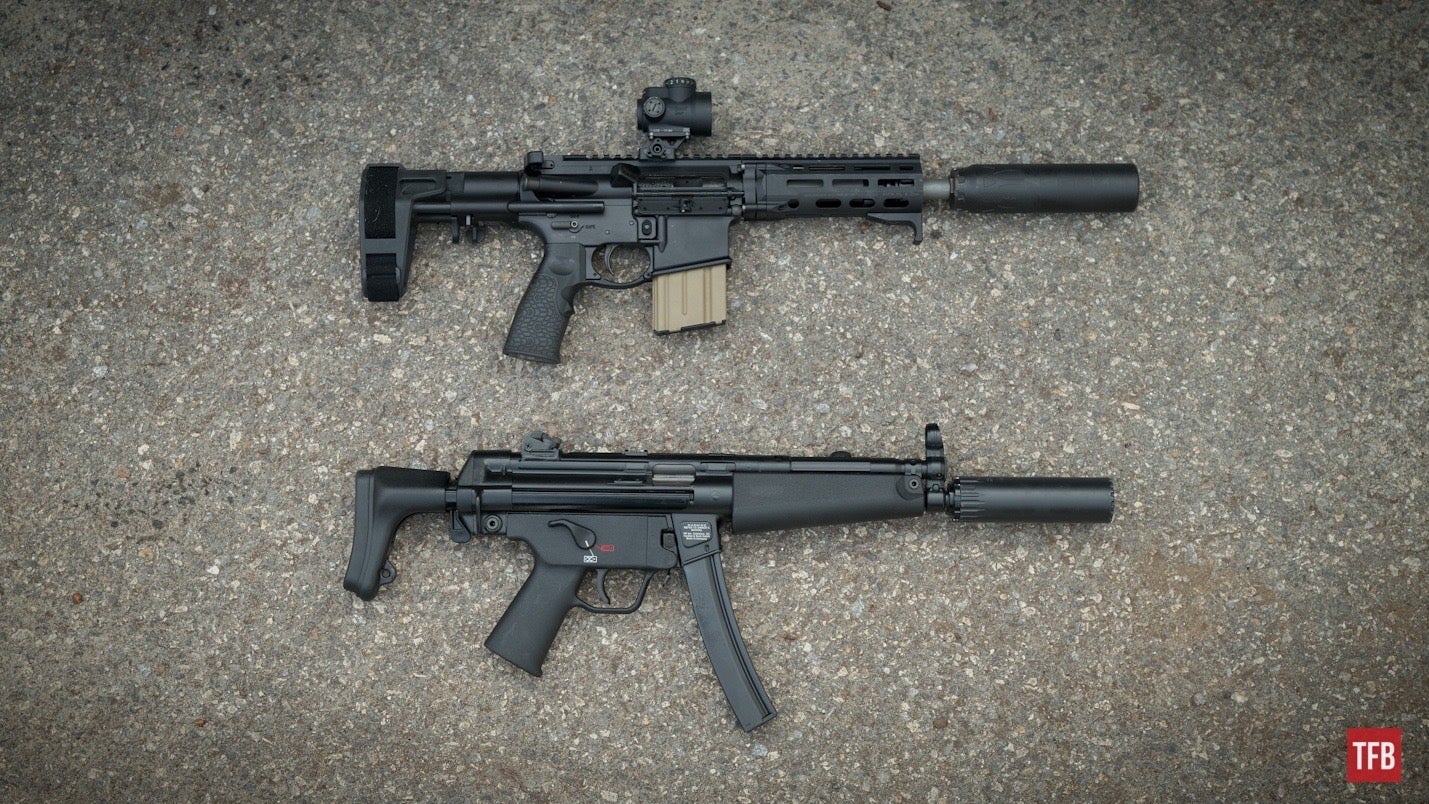

SILENCER SATURDAY #271: Selecting The Best Personal Defense Weapon (PDW)
Above: The Daniel Defence DDM4 PDW with the Dead Air Nomad 30 and the H&K SP5 with the YHM R9.
PDW caliber selection.
There really isn’t a perfect answer here; these are the same debates we all have been having for years. When it comes down to it, you will sacrifice terminal ballistic performance for weight savings when you opt for a pistol caliber PDW. And for the most part, pistol caliber PDWs are lighter. But if you add up all the numbers and leave the legal SBR issues aside, a suppressed intermediate rifle caliber like 300BLK makes the best case for a winning combination. A 5.56 option requires a barrel length of at least 10″ to be a better choice than a pistol caliber – which is probably too long for a PDW when paired with a silencer..
Subsonic or supersonic?
Forget any notions you have of eliminating sentries silently with a Hollywood hero shot at the fence line. Sure, there are several bullets that are designed to expand reliably at slower speeds. But the role of the PDW is to be able to quickly deploy a weapon that provides a short burst of overwhelming firepower so that you can move to safety. And for this mission you want full power rounds that have the best terminal performance.
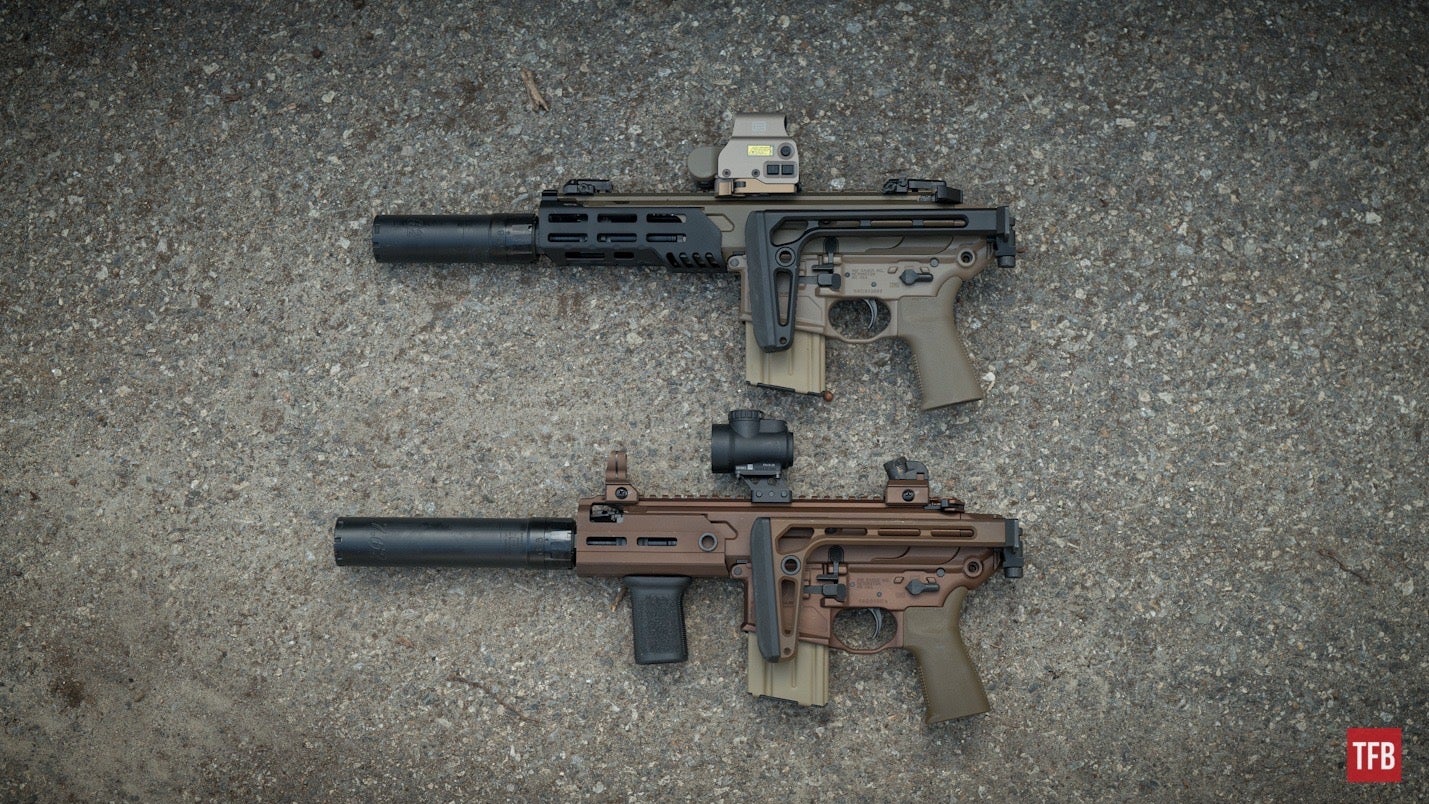

SILENCER SATURDAY #271: Selecting The Best Personal Defense Weapon (PDW)
Above: The SIG MCX 6.75″ Virtus (with the MI 6″ handguard) and the SIG MCX 5.5″ Rattler with the SIG Sauer SLX762C-QD.
The key word in PDW is defense. These guns are made for increased defensive capabilities when things start to go very bad. A solid suppressed PDW will make a great addition to anyone’s arsenal for when a pistol is just not enough gun. Whether it’s a faster moving bullet, a high rate of fire, or just a pistol platform with a stock, there are many PDWs to choose from. My suggestion is to add a capability over what a handgun can provide without adding much weight or length. Then practice deploying it safely and quickly. It’s a good idea to have a defensive plan as well as a defensive weapon – create time, distance, and cover to get yourself and your friends and family to safety.
Thanks for reading. Be safe, have fun, and we’ll see you back here next weekend for another Silencer Saturday.


